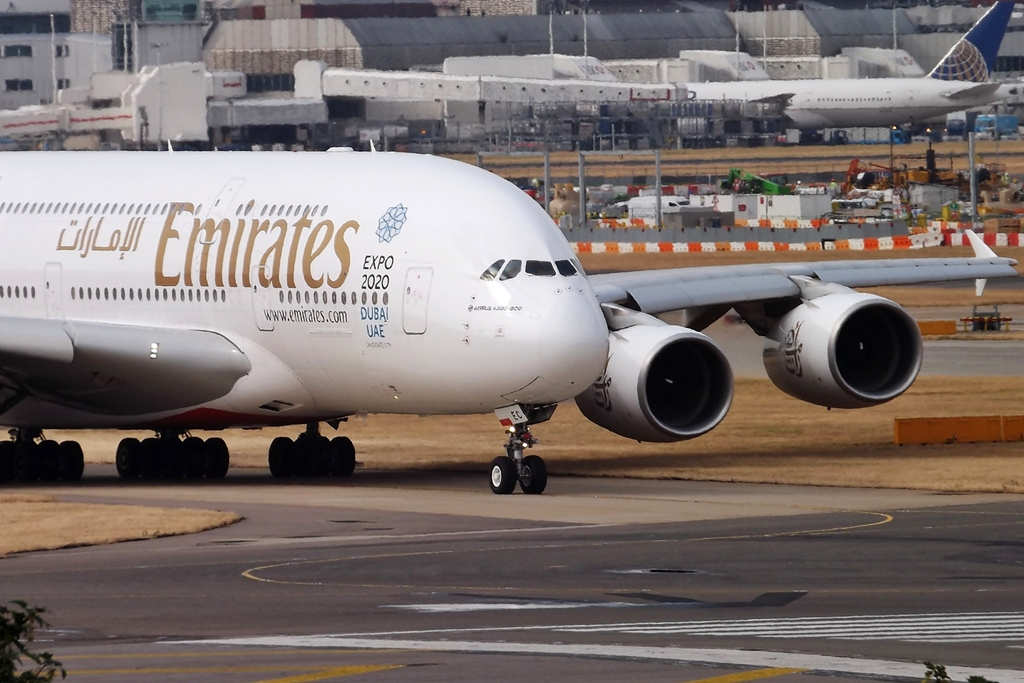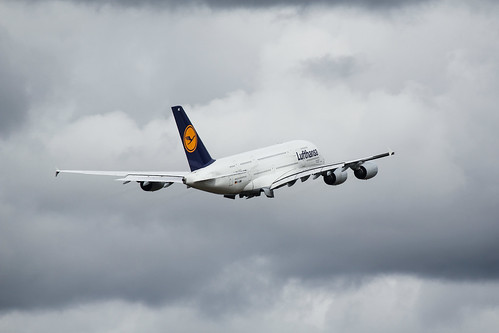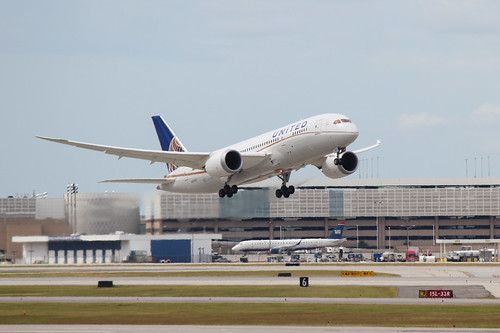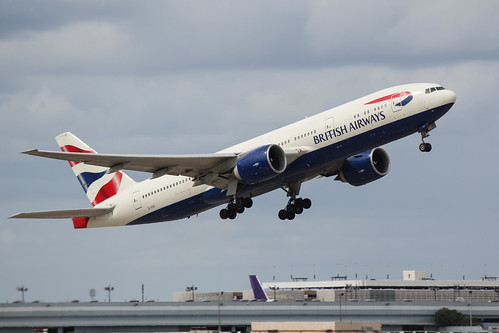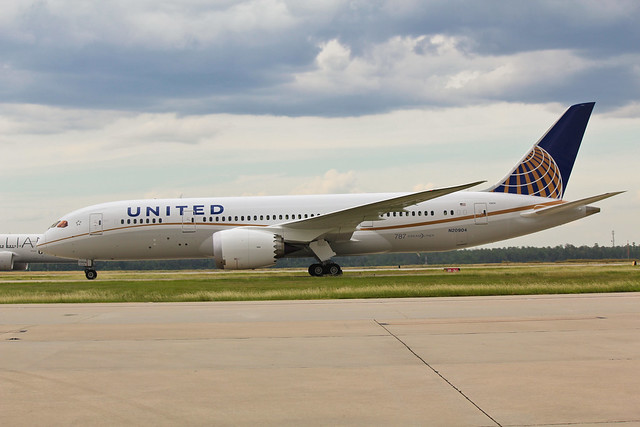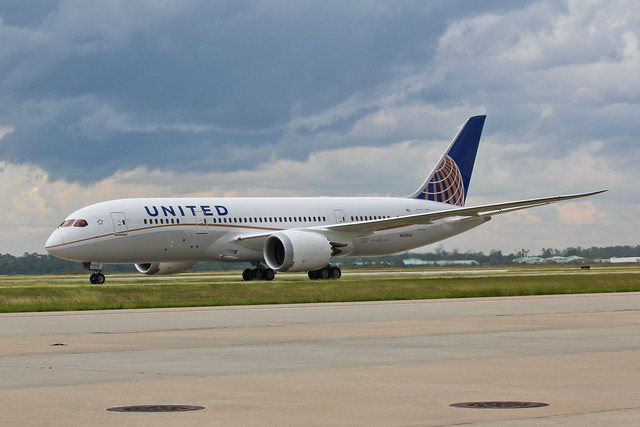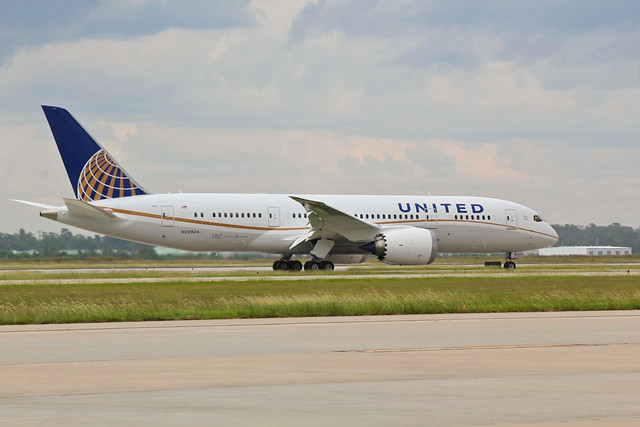The news of Houston’s Hobby airport receiving permission from the city to start international flights was big. Lots of people are happy, making the assumption that Southwest Airlines is going to significantly lower costs in the Houston-Latin America market. That is a different discussion, the real focus of my attention lately has been United Airlines’ reaction to the news.
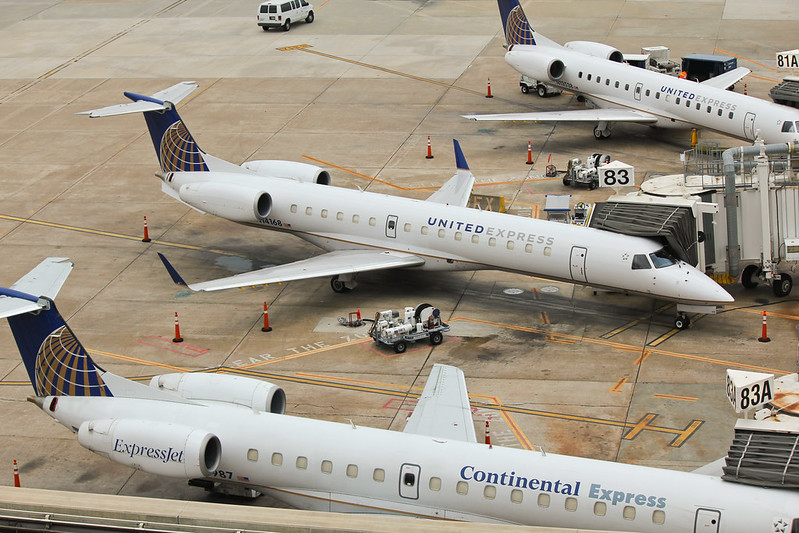
Three big things were announced by United shortly after the news that Hobby would become an international airport; There would be 1,300 employees laid off in the Houston area, the Houston-Auckland route would be going away, and there would be other capacity cuts. For all three of these announcements, United directly blamed Houston city council and their approval of the Hobby expansion plans.
Laying off 1,300 employees now, due to an expansion that will not be complete until 2015 seems a bit strange doesn’t it? That is probably because these cuts have been planned for a while now and United is using the Hobby news as cover. United has not been specific over who will be laid off, but I would be willing to guess that a lot of the layoffs will not be focused on airport employees. United is going to try and consolidate their operations staff and their headquarters staff. Look for layoffs of back office employees and some front line folks.
The Houston-Auckland route cancellation is a bit different. There is a very real possibility that the route being cancelled is partially due to the Hobby Airport news. The idea behind the route was the connecting of Latin and South America to the Oceania region. Currently, the market is only served by Aerolineas Argentinas and Qantas, both offering limited coverage in South America. I have had a few people say to me that there’s no way United was basing this route on this traffic alone. Sure they were. The 787 is perfect to make money on the Houston-Auckland route with connecting traffic split between the U.S. and Latin and South America. Between passengers and cargo, the route could have been very successful. However, between fuel costs, the economy, and now the news about Hobby, United must have reevaluated the route and decided against it.
Lastly, United has said there will be capacity (flight) cuts due to the Hobby expansion. These cuts too, were probably planned before the Hobby changes ever gained traction. First, United is retiring all of their 737-500s and a lot of the older, pre-merger, United 757-200s. That’s a lot of capacity cut simply because the planes are older and inefficient. But blaming such cuts on the expansion of Hobby is a stretch.
In all of this, United is doing something that in my mind is very dangerous. They have been very vocal against the expansion of Hobby. The news organizations picked up on this and started calling it an “airline war” when the issue of Hobby’s expansion is one that concerns the city as a whole (or, at least it should). Instead, United has dived straight in and tried to fight this as bad for them instead of focusing on impact to the city, the city’s growth, and the infrastructure around Hobby. These are the issues that we as Houston citizens should be asking about.
I think United should have been upfront on why exactly international flights from Hobby would affect international traffic out of Bush Intercontinental, rather than just painting some broad strokes and hoping that people understood. What United has done has left a bad taste in a lot of people’s mouths because they can see through the “we’re laying people off because of Hobby expansion” rhetoric. The timeline does not match up.
In reality, the merger has made some inefficiencies in the IAH hub, especially for southern east coast to northwest coast connections. Why have all of that traffic go through IAH when you’ve got flights with empty seats leaving from Denver and an incentive from the city of Denver to push more traffic through that hub? But, using the Hobby news to cover your butt on such changes is bad public relations and passengers are able to see through the charade.
What United should have done is immediately offer some specials to the markets that Southwest considering entering. The goal should be to convince customers that you are the best carrier for a particular route, not to create ill will by announcing layoffs and route reductions. Compete on service, price, and reach and go head to head with Southwest.
The future of IAH is simple, United is not going to abandon a fortress hub. They’ll attempt their political game but it will backfire, we’re already seeing that, then they will be forced to compete but will now be digging themselves out of a public relations hole. I am willing to give United a little leeway but they are trying my patience and I’m sure other Houstonians feel the same way.
The city pulled the trigger on this plan solely focused on the wrong thing, airfare. City council needs to evaluate the impact to the surrounding neighborhoods and what improvements to infrastructure will cost (Southwest will not be picking up those costs) rather than thinking about how much the flight for their wild Cancun weekend will cost. The impacts to air traffic and passengers should be examined more closely as well. The CAPA study is a great resource. At the same time, United needs to reevaluate their “protest” of the city’s decision. Focus on how you can make the traffic you are relying on for these routes stick with you United rather than doing everything in your power to drive them away. This is Marketing 101.

